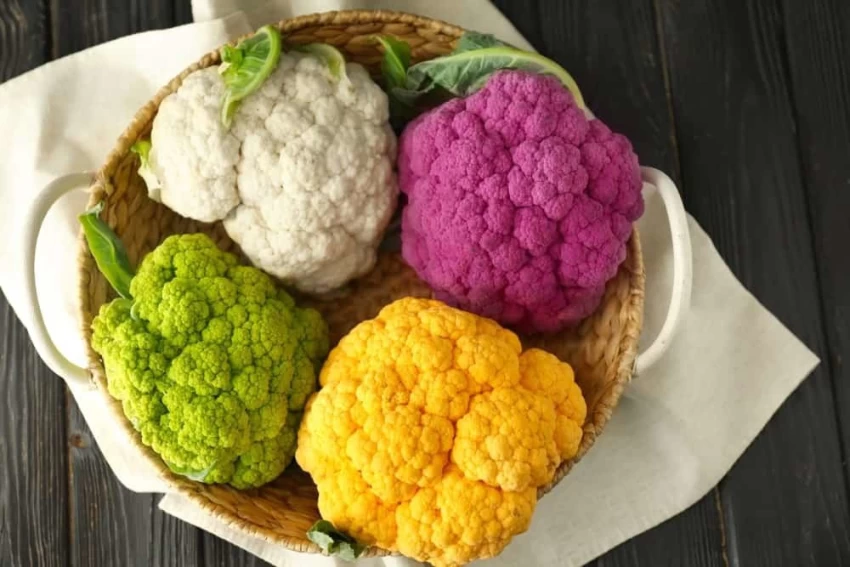This versatile veg is n’t just a nutritious improver to your diet ; it ’s also a rewarding crop to civilize . In this guide , I ’ll share my expert cognition and personal experiences to help you successfully spring up cauliflower in your own garden .
Why Grow Cauliflower?
Before we plunge into the how - to , rent ’s explore why cauliflower deserves a spot in your garden :
Choosing the Right Varieties
Selecting the appropriate cauliflower variety is all-important for success . Here are some top picks :
Preparing Your Garden
Cauliflower expand in specific condition . Here ’s how to prepare :
Planting Cauliflower
Timing is everything when it comes to planting cauliflower :
Planting steps :
Caring for Your Cauliflower Plants
Proper care ensures healthy emergence and abundant harvests :
Pest and Disease Management
remain wakeful against mutual Brassica oleracea botrytis enemy :
Pests :
Diseases :

YouTube
Harvesting Your Cauliflower
The moment of true statement arrives ! Here ’s how to live when your cauliflower is ready :
To glean :
Troubleshooting Common Issues
Even experienced gardeners face challenges . Here are solutions to coarse problem :
Companion Planting for Cauliflower
encourage your cauliflower ’s growth with these good neighbors :
debar planting near :
Cooking with Cauliflower
Now that you ’ve grown your own cauliflower , it ’s fourth dimension to savor it ! attempt these delicious recipe :
Preserving Your Harvest
Do n’t let any of your hard - garner harvest go to wasteland :
Sustainable Gardening Practices
integrate these eco - well-disposed techniques :
Conclusion:
Growing cauliflower is a journey filled with learning and wages . As you watch your flora spring up from tiny seedlings into impressive , eatable work of nontextual matter , you ’ll advance a deeper appreciation for nature ’s processes and your own horticulture skills .
Remember , every garden is unique , and success often comes through test and error . Do n’t be discouraged by setbacks ; instead , consider them as chance to refine your techniques . With solitaire , care , and the knowledge shared in this guidebook , you ’re well - fit out to grow beautiful , luscious Brassica oleracea botrytis .
So , twine up your arm , get your hand unsportsmanlike , and embark on your cauliflower - farm adventure . Your garden – and your tasting buds – will thank you !

glad horticulture , and may your cauliflower harvests be bounteous !
People also ask:
How long does it take for Brassica oleracea botrytis to get ?
From seed to harvest , cauliflower typically takes 70 - 100 Clarence Shepard Day Jr. , depending on the variety and grow conditions .
Can I grow Brassica oleracea botrytis in container ?

Yes ! select a container at least 12 column inch deep and 18 column inch wide per plant . Ensure good drain and consistent care .
Why are my cauliflower leaves turning purpleness ?
Purple leaves often indicate daystar deficiency or cold stress . set dressing and protect plant from extreme temperature .

How do I prevent my cauliflower from bolting ?
Bolting is commonly due to heating plant stress . Plant early in spring or tardy in summer for fall harvest , and provide shade during hot spells .
Can I economise seed from my Brassica oleracea botrytis plants ?

Yes , but it requires winter the plant . earmark a few head to flower , then collect germ when pods grow brownish and dry .
Read also : https://plantgrowup.com / how - to - grow - onion/